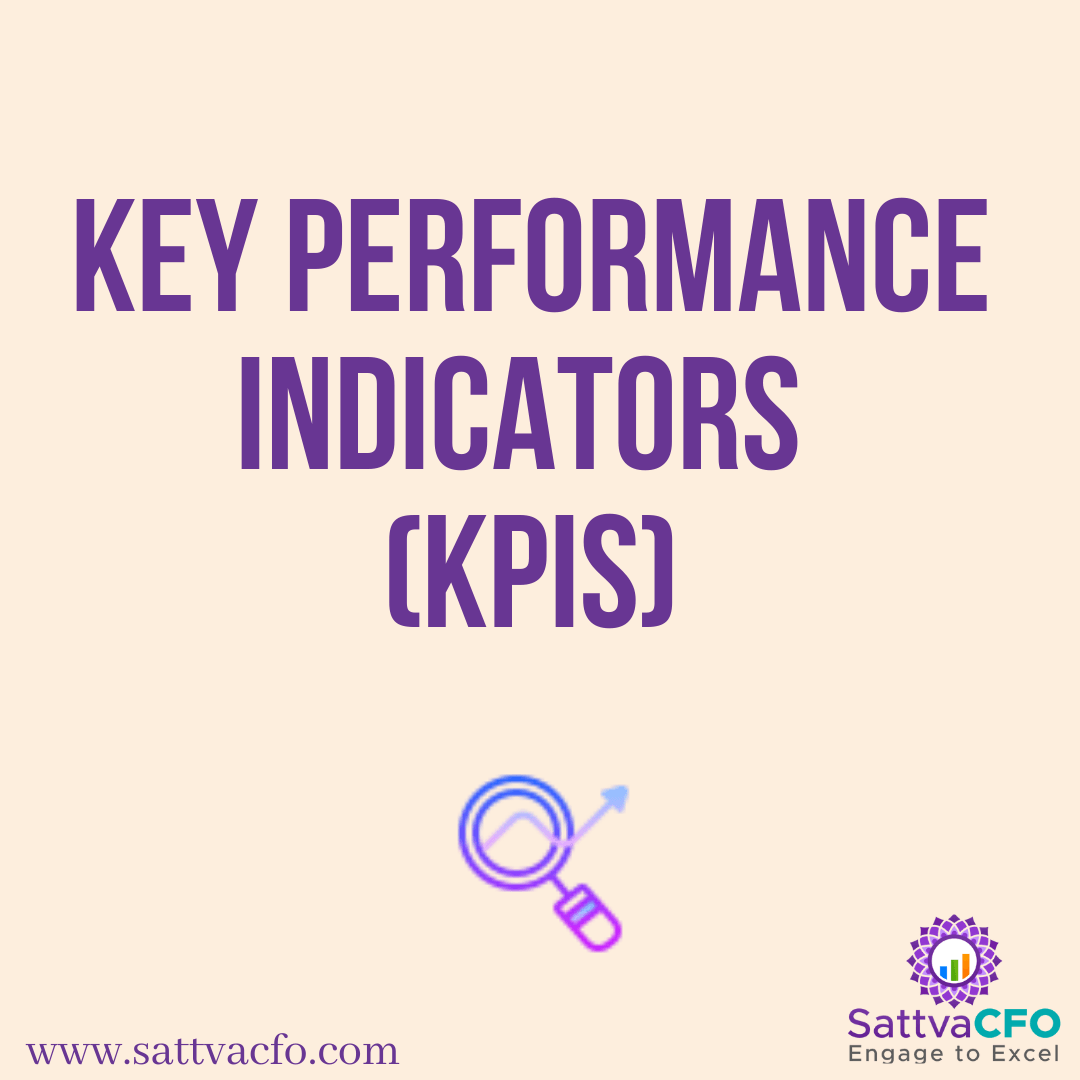A Key Performance Indicator (KPIs) is a measurable statistic / metrics that shows how well a firm is accomplishing key business goals. Organizations use KPIs at many levels to assess their progress toward their goals. Low-level KPIs may focus on procedures in departments such as sales, marketing, HR, support, and others, whereas high-level KPIs may focus on the business’s overall success. Articles discusses on Steps for a better KPI Strategy, KPIs Categories and Use cases.
What are Key Performance Indicators (KPIs)?
The term “key performance indicator” refers to a measurable performance measure over time for a specified goal. KPIs give teams goals to strive towards, milestones to track progress, and insights to help everyone in the company make better decisions. Key performance indicators assist every element of the organization, from finance and HR to marketing and sales, move forward at a strategic level.
What are the steps to gain insights from KPI?
Some steps that help one gains insight on KPI’s are:
- Define KPIs
- Communicate KPIs identified
- Review & Iterate
- Collate & Analyse KPIs
- Draw Insights
How can we define KPIs?
It cannot be easy to define key performance indicators. Because every KPI should be linked to a specific business outcome with a performance metric, the critical term in KPI is “key.” Business metrics and KPIs are sometimes confused. KPIs must be defined in key or core business objectives, even though they are commonly used interchangeably. When defining a KPI, follow these steps:
- What do you want to happen?
- What is the significance of this result?
- How will you track your progress?
- What are your options for influencing the outcome?
- Who is accountable for the company’s success?
- How will you know whether you’ve met your goal?
- How often will you evaluate your progress toward the goal?
What are the best practices for KPIs?
The following are some of the best KPI practices:
- Choosing KPIs that are in line with your company’s objectives
- To avoid data overload, define what you wish to track by reducing your list.
- Assuring the achievement of key performance indicators
- Using a SMARTER approach to practice
KPIs as performance management frameworks
Setting targets, monitoring performance, and managing all related tasks are the most common features in most performance management frameworks. One type of performance assessment is a performance indicator, sometimes known as a critical performance indicator. Many performance management frameworks exist that are both similar and dissimilar. Each of these frameworks highlights features that can be combined to assist promote data-driven success.
What are the broad categories of KPI?
There are many different types of key performance indicators. Some are meant to track monthly progress toward a goal, while others are more long-term in nature. All KPIs have one thing in common: they’re all linked to strategic objectives.
Strategic
These big-picture KPIs keep track of the organization’s objectives. Executives often use one or two critical KPIs to determine how well the company performs at any particular time. Return on investment, sales, and market share are only a few examples.
Operational
Operational KPIs focus on organizational procedures and efficiencies and often measure performance over a shorter period. Sales by area, average monthly transportation costs, and cost per acquisition are just a few examples (CPA).
Function specific
Many key performance indicators are linked to specific tasks, such as finance or information technology. Finance KPIs track gross profit margin or return on assets, whereas IT KPIs track time to resolution or average uptime. These operational or strategic KPIs can also be categorized as functional KPIs.
Leading vs. Lagging Indicators:
You should understand the distinction between leading and lagging indicators regardless of the type of key performance indicator you establish. While leading KPIs can aid in predicting outcomes, lagging KPIs are used to track what has already occurred. Organizations employ a combination of the two to make sure they’re recording the most critical data.
KPI Categories and Use cases:
Financial Metrics
- Profit
- Cost
- Revenue
- Revenue – Segment Wise
- Revenue – Geo Wise / Region wise
- Revenue – Line of Business
- Cost of Goods Sold
- Day Sales Outstanding
- Cash Flow
- Cost to Serve per Customer
- EBITDA
- Innovation Spending
- (Customer Lifetime Value) / (Customer Acquisition Cost)
Customer Metrics
- Customer Acquisition Cost (CAC)
- Customer Lifetime Value (CLV)
- Customer Satisfaction
- Customer Retention
- Net Promoter Score (NPS)
- Customer Churn Rate
- Contact Volume By Channel
- Call Centre score
- Customer
- Count of Customer
- Product-wise Customer details
- Geography-wise Customer
- Repeat Customers
- Pay vs. No paying customers
- Avg Revenue from Customers
Process Metrics
- Customer Support Tickets
- Percentage Of Product Defects
- LOB Efficiency Measure
People Metrics
- Employee Turnover Rate (ETR)
- Percentage Of Response
- Employee Satisfaction
- Salary Competitiveness Ratio (SCR)
- Retirement Rate
- Knowledge Gained through training
- Internal Promotions Vs. External Hires
Steps for a better KPI Strategy
It’s time to change your approach if your key performance indicators aren’t generating the results you want. The three steps to building a better strategy are:
Choose the most important KPIs:
To make sure you measure the right things, use a mix of leading and lagging indicators. Leading indicators allow you to forecast what might happen based on data and make adjustments to improve outcomes. Lagging indications help you analyze results over time, such as sales in the last 30 days.
Create a culture that KPIs drive:
If employees don’t know what key performance indicators are or how to apply them, it becomes pointless. Improve your organization’s data literacy so that everyone is working toward strategic goals. To keep everyone making decisions that propel your organization ahead, educate staff, assign them relevant KPIs, and use a best-in-class BI platform.
Iterate:
Revise your crucial performance indicators depending on the market, Customer, and organizational changes to keep them current. Meet regularly to evaluate them, take a hard look at performance to determine if any changes are needed, and publish any modifications you make so that everyone is up to date.
FAQ’s on Key Performance Indicators (KPIs) and Metrics
What are Smart KPIs?
The SMART criterion can be used to assess the relevance of a performance indicator. Specific, Measurable, Attainable, Relevant, and Time-bound are the most common interpretations of the letters.
What is KPI used for?
KPIs give teams goals to strive towards, milestones to track progress, and insights to help everyone in the company make better decisions. key performance indicators kpis and metrics.
What is KPI Dashboard?
A KPI dashboard gives you a real-time overview of your business performance, allowing you to understand better how the entire company is doing. key performance indicators kpis and metrics.
Also read:




